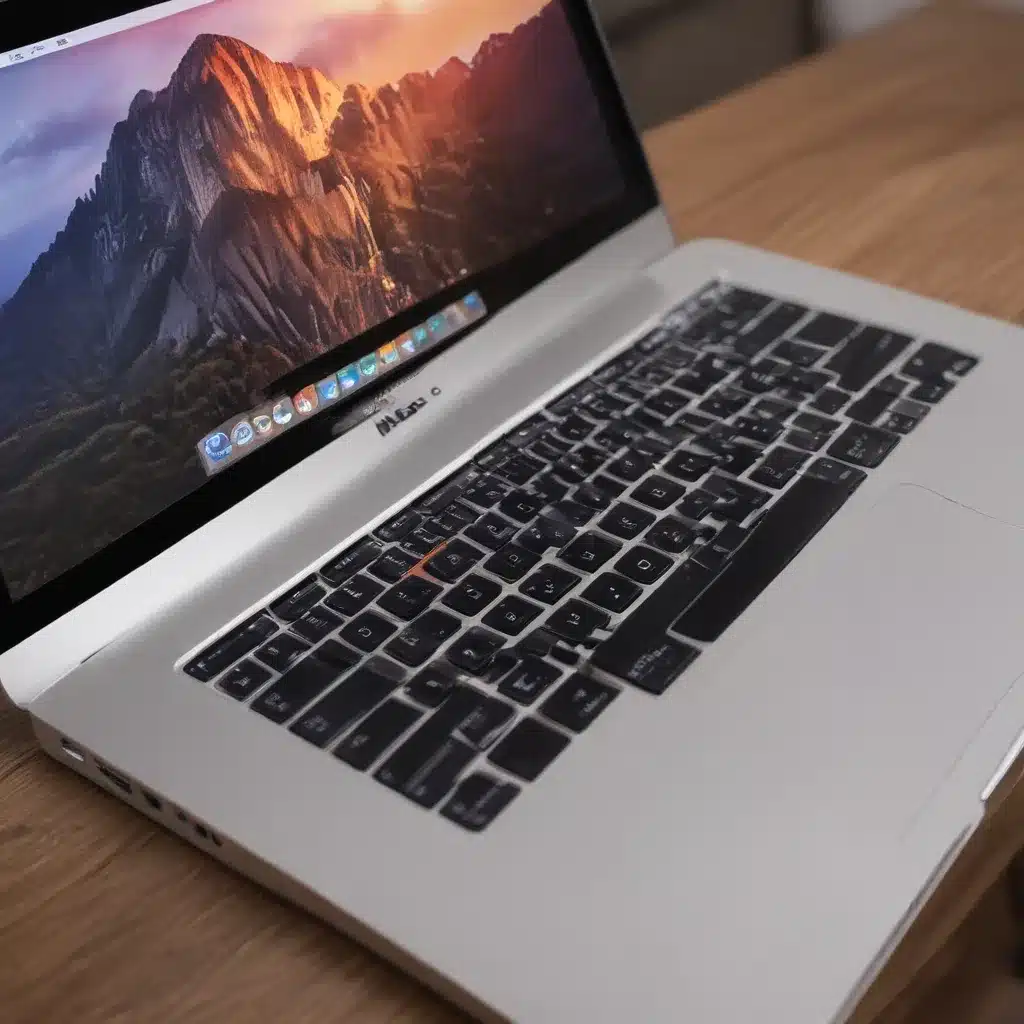Alright folks, let’s talk about something that’s been bugging me for years – how to free up storage space on my trusty ol’ Mac. I know, I know, it’s not exactly the most exciting topic in the world, but trust me, it’s crucial if you want to keep that computer of yours running smoothly. And hey, if you’re anything like me, the thought of manually sifting through gigabytes of data makes you want to curl up in a ball and cry.
Well, fear not, my friends, because I’m about to show you the lazy person’s guide to conquering this storage space conundrum. We’re going to dive into some nifty little apps and tricks that’ll have your Mac feeling light and breezy in no time. So sit back, grab a snack, and let’s get started.
Finding and Deleting Large Files
Now, the first step in this journey is figuring out what’s actually taking up all that precious space on your hard drive. And let me tell you, the good folks over at [DaisyDisk][1] have made this process an absolute breeze. Seriously, this app is like a storage space detective, scouring your entire system and giving you a clear visual breakdown of where all your data is hiding.
[1]: https://daisydiskapp.com/
With DaisyDisk, you can quickly identify those pesky large files that are hogging up all the room, whether they’re hidden in some obscure folder or taking up an entire partition. And the best part? You can then easily delete the ones you don’t need, freeing up that storage space in a matter of minutes. It’s like having a personal assistant who does all the heavy lifting for you.
I remember the first time I used DaisyDisk, I was shocked to see how much space was being taken up by old backups and cache files that I hadn’t even realized were there. It was like discovering a secret stash of hidden treasure, except in this case, the treasure was just a bunch of outdated files that I could happily say goodbye to.
Clearing Out Cloud Storage
But the storage space saga doesn’t end there, my friends. These days, we’ve got all sorts of cloud storage services vying for our digital real estate, and it’s easy for those gigabytes to add up before you even realize it.
That’s where DaisyDisk really shines. Not only can it scan your local drives, but it can also connect to your cloud storage accounts, like Dropbox, Google Drive, and Microsoft OneDrive, and give you a clear picture of what’s taking up space in those virtual vaults. [2]
[2]: https://www.reddit.com/r/GooglePixel/comments/ugarqq/just_bought_a_pixel_1_for_unlimited_photo_storage/
Now, I know what you’re thinking – “But what if I accidentally delete something important from the cloud?” Well, fear not, my friends, because most cloud storage services have built-in safeguards to protect against accidental deletions. And with DaisyDisk, you can even see which files are hidden or restricted, so you can be extra careful when it comes to culling the digital clutter.
Avoiding the Pitfalls of RAID
Now, I know what you’re thinking – “But Pete, what about using a RAID system to back up all my data?” Well, let me tell you, that’s a whole other can of worms. 3
You see, a lot of folks think that RAID is the be-all and end-all of data backup, but let me tell you, it’s not as foolproof as you might think. In fact, it can be downright dangerous if you’re not careful. I’ve seen too many people put all their trust in a RAID system, only to have it all come crashing down when a single drive fails or a software bug corrupts the entire array.
That’s why I always recommend using a good old-fashioned backup system, like Time Machine or an external hard drive, to keep your data safe and sound. And if you do decide to use a RAID system, for the love of all that’s holy, don’t treat it as your only backup solution. Trust me, you’ll thank me later when your hard drive decides to take a permanent vacation.
The Importance of Offsite Backups
Now, I know what you’re thinking – “But Pete, what if my house burns down or gets hit by a meteor or something?” Well, my friends, that’s where offsite backups come into play.
See, even the most meticulously crafted backup system in the world isn’t worth a hill of beans if it’s all stored in the same place as your primary data. That’s why I always recommend keeping a copy of your most important files in a separate location, whether it’s a safe deposit box, a friend’s house, or a remote server somewhere.
And you know what? It doesn’t have to be a big, complicated thing. Heck, you can even use something as simple as a portable hard drive that you rotate in and out of your home on a regular basis. The key is to make sure that your data is safe and sound, no matter what the universe throws your way.
Wrapping it Up
So there you have it, folks – the lazy person’s guide to freeing up Mac storage space. It may not be the most glamorous topic in the world, but trust me, it’s crucial if you want to keep your computer running smoothly and your data safe.
Remember, the key is to use tools like DaisyDisk to identify and delete those pesky large files, clear out your cloud storage, and avoid the pitfalls of RAID. And don’t forget to keep that offsite backup game strong, because you never know when disaster might strike.
Now, if you’ll excuse me, I’m going to go back to my Netflix binge. After all, a person’s gotta have their priorities, right?













